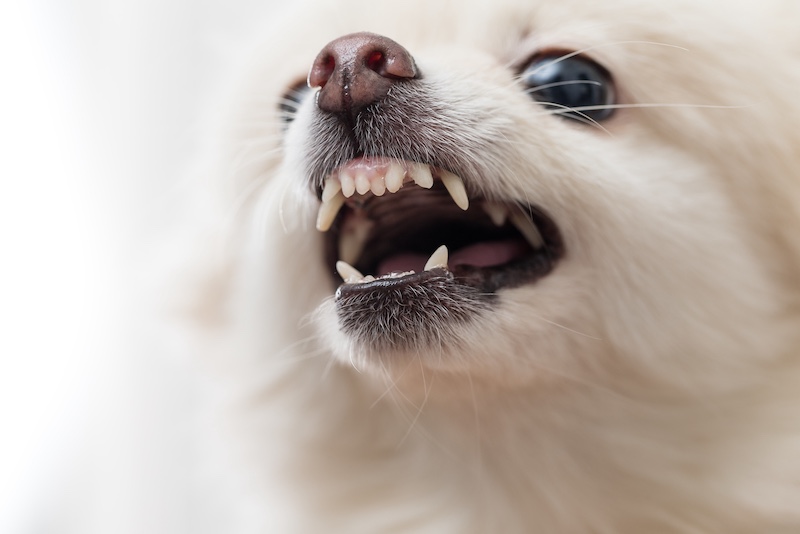Dogs’ teeth play a crucial role in their overall health, but how much do you really know about them? While many dog owners are familiar with the basics, such as the importance of regular dental care, there are plenty of surprising facts about dogs’ teeth that are often overlooked. Here are 10 things you didn’t know about your dog’s teeth.
1. Dogs Have Two Sets of Teeth in Their Lifespan
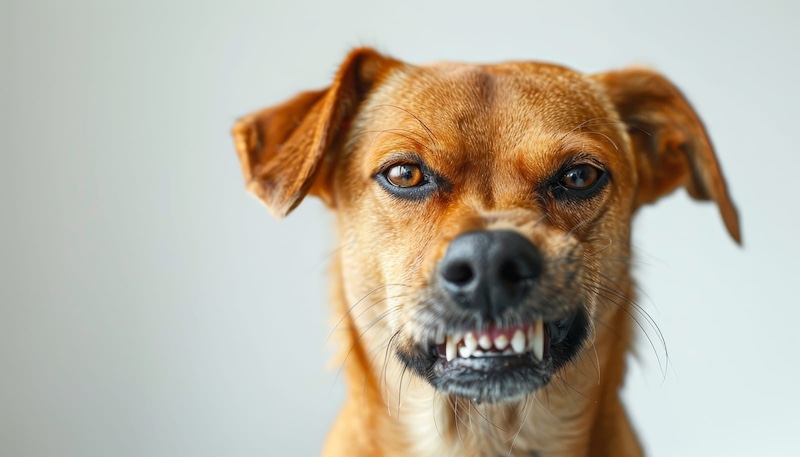
Just like humans, dogs have two sets of teeth: baby teeth (also known as deciduous teeth) and adult teeth. Puppies are born without teeth, but by about three weeks of age, they begin developing their baby teeth. These will start to fall out when the dog is around four to six months old, making way for adult teeth. An adult dog will have 42 permanent teeth by the time they reach full maturity.
2. A Dog’s Teeth Are Sharp for a Reason
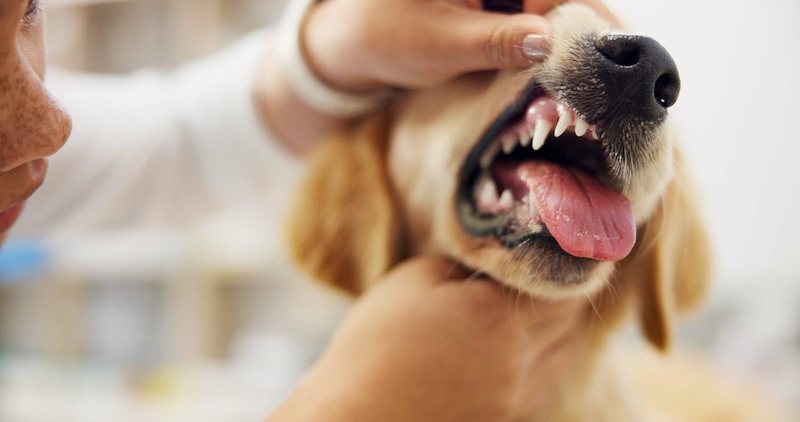
Dogs’ teeth are designed for a specific purpose: to tear, rip, and chew. Unlike humans, who use their flat molars for grinding, dogs’ teeth are pointed, designed to puncture and shear meat and bones. Their sharp canine teeth are particularly effective for gripping and tearing food.
3. Canine Teeth Are Important for Communication
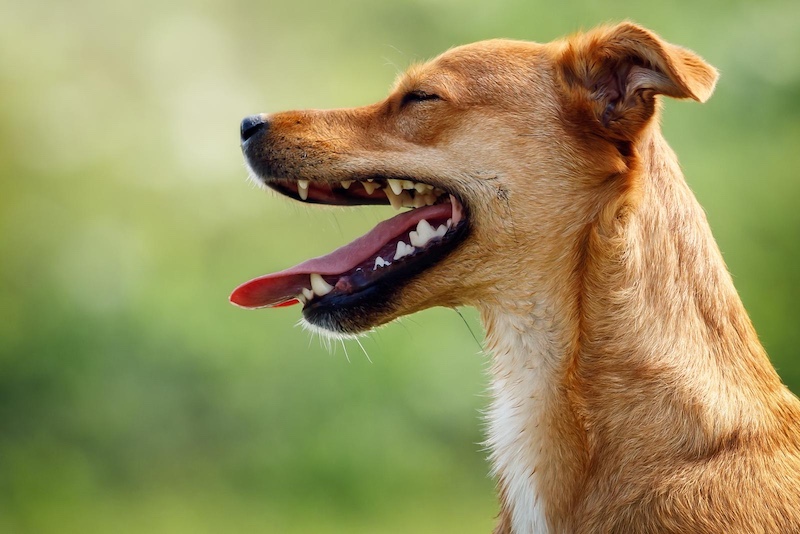
While humans use words to communicate, dogs rely on body language and facial expressions. The canine teeth play an important role in this communication. When a dog shows their teeth, it can signal aggression or defensiveness. However, it can also be a sign of submission, especially if the dog is showing the teeth in a relaxed manner.
4. Dental Disease is Common Among Dogs
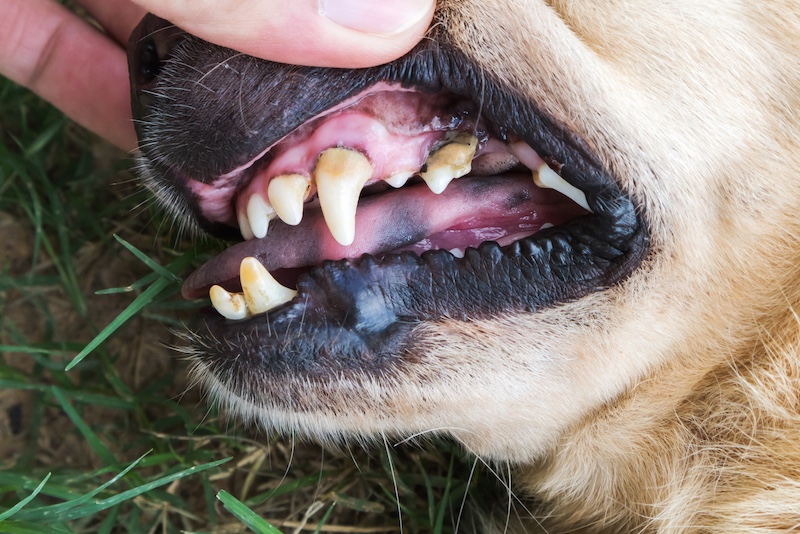
Dental disease is one of the most common health problems for dogs, with over 80% of dogs showing signs of dental disease by the age of three. Poor dental hygiene can lead to tartar buildup, gum disease, and even tooth loss. That’s why regular brushing and professional dental cleanings are so important.
5. Dogs’ Teeth Are Strong, But Not Unbreakable
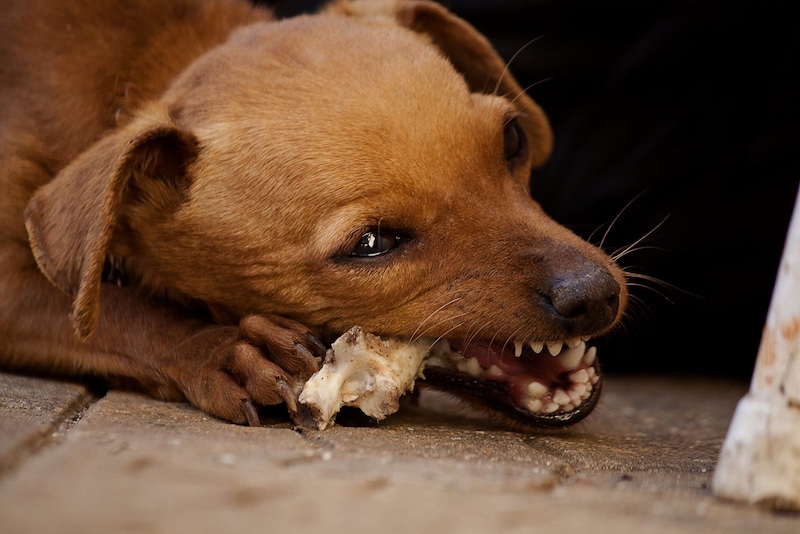
Dogs’ teeth are strong enough to chew through bones and hard food, but they are not indestructible. Hard objects like bones, ice cubes, and hard plastic toys can cause fractures or breaks in a dog’s teeth, especially in older dogs. It’s important to choose chew toys that are safe for your dog’s dental health.
6. The Size of a Dog’s Teeth Varies by Breed
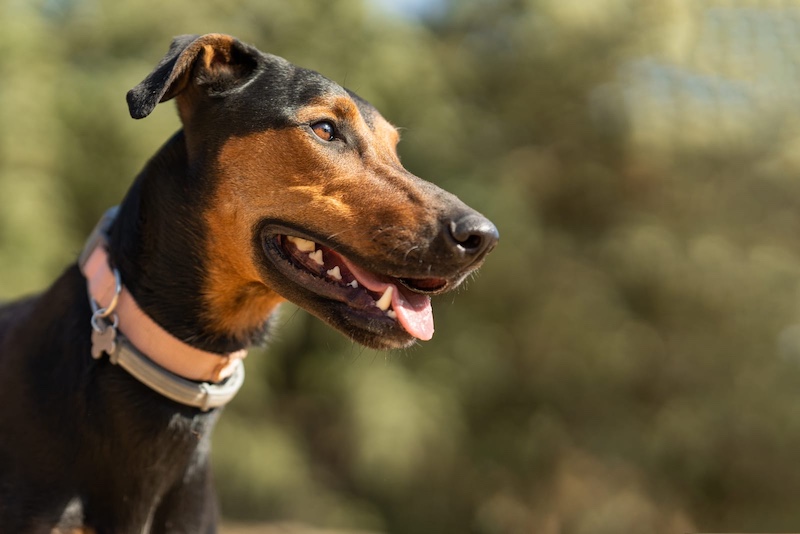
Just as a dog’s overall size varies depending on the breed, so do their teeth. Larger dog breeds, like Great Danes and Mastiffs, will have larger, stronger teeth, while smaller breeds, like Chihuahuas or Dachshunds, have smaller teeth that are proportionally less capable of handling tough foods.
7. Puppies Have Baby Teeth That Are Sharp Too
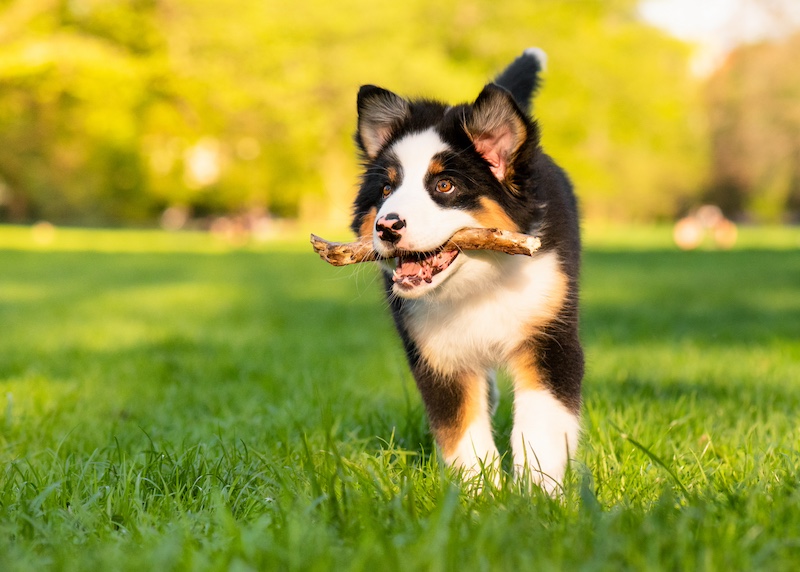
Puppies’ baby teeth are sharp little tools designed to help them gnaw on their mother’s food, as well as begin exploring their environment. However, they can also cause pain and discomfort as they begin to erupt through the gums, leading to teething behaviors like chewing on furniture and shoes.
8. Saliva Helps Maintain Dental Health
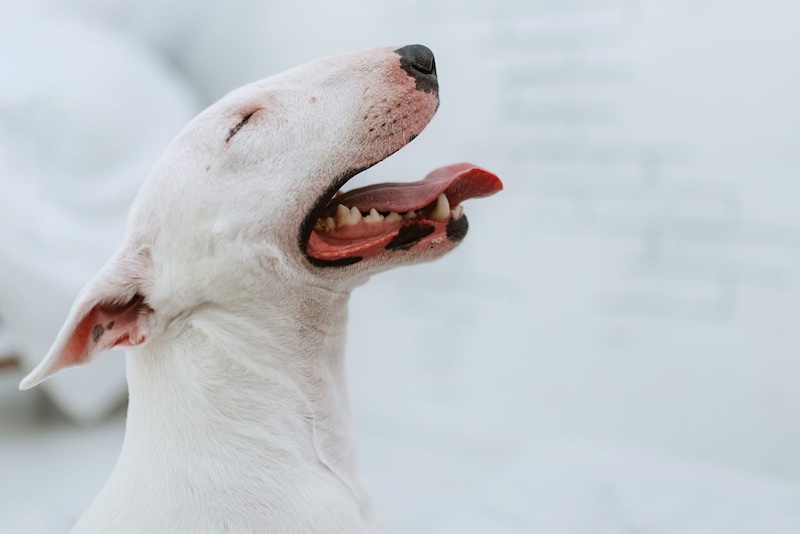
Dogs’ saliva plays a key role in keeping their mouths clean. It contains enzymes that help break down food particles and bacteria, reducing plaque buildup. However, this doesn’t mean that your dog’s mouth is entirely self-cleaning. Regular dental care, like brushing, is still essential to prevent dental problems.
9. Some Dogs Are More Prone to Dental Problems Than Others
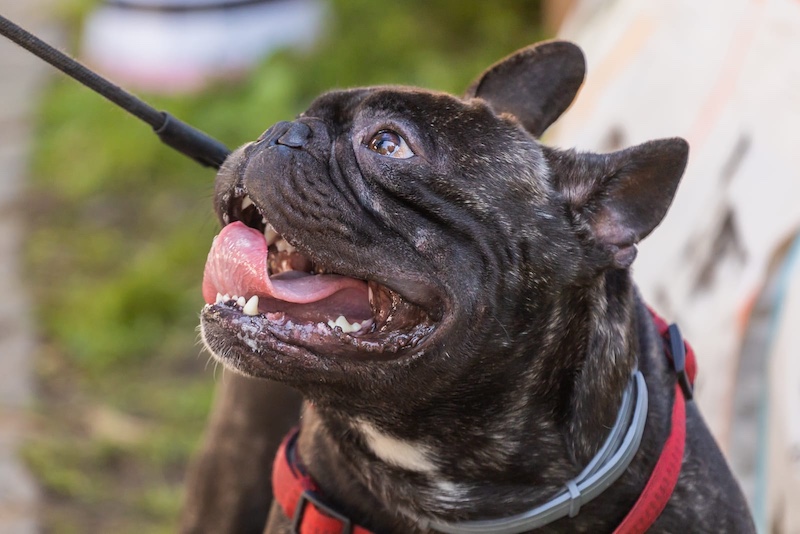
Certain breeds are more susceptible to dental issues than others. Smaller breeds, especially those with flat faces like Bulldogs and Shih Tzus, are more likely to develop dental problems due to crowded teeth or misalignment. Regular vet check-ups are essential for these breeds to ensure their teeth stay healthy.
10. You Can Teach Your Dog to Enjoy Teeth Brushing
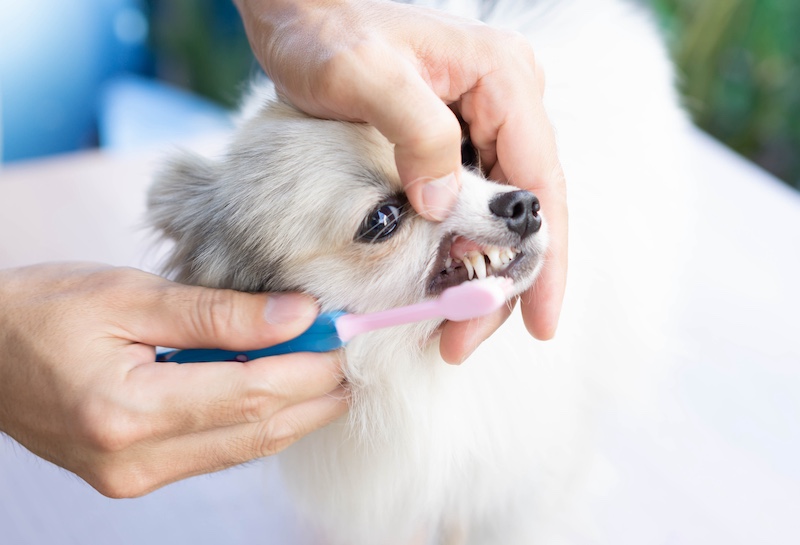
While many dogs might not love having their teeth brushed, it’s possible to train them to tolerate it. Starting at a young age, you can introduce your dog to dental care routines, such as using dog-friendly toothpaste and a soft toothbrush. Over time, your dog can learn that brushing can be a positive experience, helping to ensure their dental health for years to come. Please Note: This content was created with the assistance of AI and thoroughly edited by a human before publishing.

